Saskatchewan, a province known for its expansive and resource-rich terrains, finds itself at the center of a heated debate concerning methane emissions. Recent findings from Carleton University’s Energy and Emissions Research Lab highlight the province’s significant methane output, surpassing rates seen in most of North America.
The study reveals that Saskatchewan releases around 2.6% of its produced natural gas into the atmosphere, a greenhouse gas with a warming effect 80 times faster than carbon dioxide. This places Saskatchewan’s methane intensity notably higher than recommended standards in both the United States and Europe.
Matthew Johnson, head of the research lab and co-author of the paper, emphasizes the gravity of Saskatchewan’s methane emissions. “Companies that want access to that international market really need to think strategically here,” Johnson warns. Comparatively, Alberta maintains an average of 1.8%, while British Columbia stands at 0.4%.
Despite Saskatchewan Premier Scott Moe and Alberta counterpart Danielle Smith touting reductions of 60 and 44%, respectively, Johnson argues that these figures may be misleading. Johnson points to studies suggesting official estimates, including those from Saskatchewan, might be underreported by at least half. This discrepancy casts doubt on the reliability of baseline figures used to calculate percentage reductions.
The Carleton paper tries to figure out past emissions, showing reductions between 23 to 69%. While the achievement is recognized, there’s concern about a significant margin of error. The research also highlights that most emissions reductions came from cutting production at leaky facilities, not industry-wide improvements. This poses a risk of emissions rebounding if production resumes.
In response, Saskatchewan’s government highlights the Methane Action Plan (MAP), released in January 2019. MAP is the province’s comprehensive strategy to cut down greenhouse gas emissions from venting and flaring activities in the oil and gas industry. The plan blends regulations with policies and programs, aiming to decrease methane emissions by 4.5 million tonnes of carbon dioxide equivalent annually by 2025.
However, recent changes make the issue more complex. The federal government has suggested draft regulations requiring a 75% reduction in methane emissions from Saskatchewan’s oil and gas sector. Provincial authorities resist, claiming it’s federal overreach and breaches existing agreements.
Justice Minister and Attorney General Bronwyn Eyre expresses worry about the constantly changing rules, stating, “These continually changing rules lead to investor uncertainty and allow countries with far less stable regulatory regimes to dominate the energy space.” Energy and Resources Minister Jim Reiter echoes this sentiment, emphasizing the potential negative impact on provincial revenues and the standard of living for Saskatchewan residents.
The recent news about Saskatchewan’s high methane emissions prompts a crucial question: How do we navigate this environmental challenge, considering both economic interests and ecological responsibility? The ongoing debate emphasizes the pressing need for proactive measures and collaboration to address methane emissions in the province.
Firstly, it’s crucial to acknowledge that the Carleton University research brings to light a concerning reality. Saskatchewan’s methane intensity, at 2.6%, demands immediate attention. The disparity in reported reductions and the potential for emissions to rebound necessitate a comprehensive and transparent approach.
The Methane Action Plan (MAP) introduced in 2019 is a step in the right direction. However, the recent federal draft regulations proposing a 75% reduction indicate that more aggressive measures may be needed. Balancing economic interests with environmental stewardship requires a nuanced strategy.
One approach is to enhance industry-wide accountability. Companies must adopt strict monitoring and reporting systems to ensure accurate measurement of methane emissions. Transparency is key, as it builds trust among stakeholders and facilitates informed decision-making.
Moreover, investing in innovative technologies plays a pivotal role. Saskatchewan should incentivize the adoption of advanced methane capture and reduction technologies. This not only aligns with global efforts to combat climate change but also positions the province as a leader in sustainable resource development.
Collaboration between government, industry, and environmental advocates is important. Rather than viewing regulations as impediments, stakeholders should engage in constructive discussions to establish realistic targets and timelines. A unified front ensures that all parties contribute to and benefit from a sustainable solution.
Public awareness campaigns also play a role. Educating the public about the environmental impact of methane emissions fosters a sense of responsibility. Informed citizens are more likely to support initiatives that prioritize both the economy and the environment.
Investing in renewable energy sources is also worth exploring. Diversifying the energy portfolio reduces dependence on fossil fuels, subsequently mitigating methane emissions. Saskatchewan has abundant renewable resources that can be harnessed to create a more sustainable energy mix.
Local communities should be actively involved in decision-making processes. Their insights and experiences can provide valuable perspectives on the social and economic implications of methane reduction strategies. Inclusivity ensures that the transition to cleaner practices considers the needs of all stakeholders.
Saskatchewan faces a crucial decision that will shape the future for generations. The discovery of high methane emissions is a clear signal to strike a balance between economic growth and environmental health. Moving forward demands teamwork, creativity, and a united dedication to sustainability. With a comprehensive approach, Saskatchewan has the opportunity to reduce methane emissions and become a model for responsible resource development.








